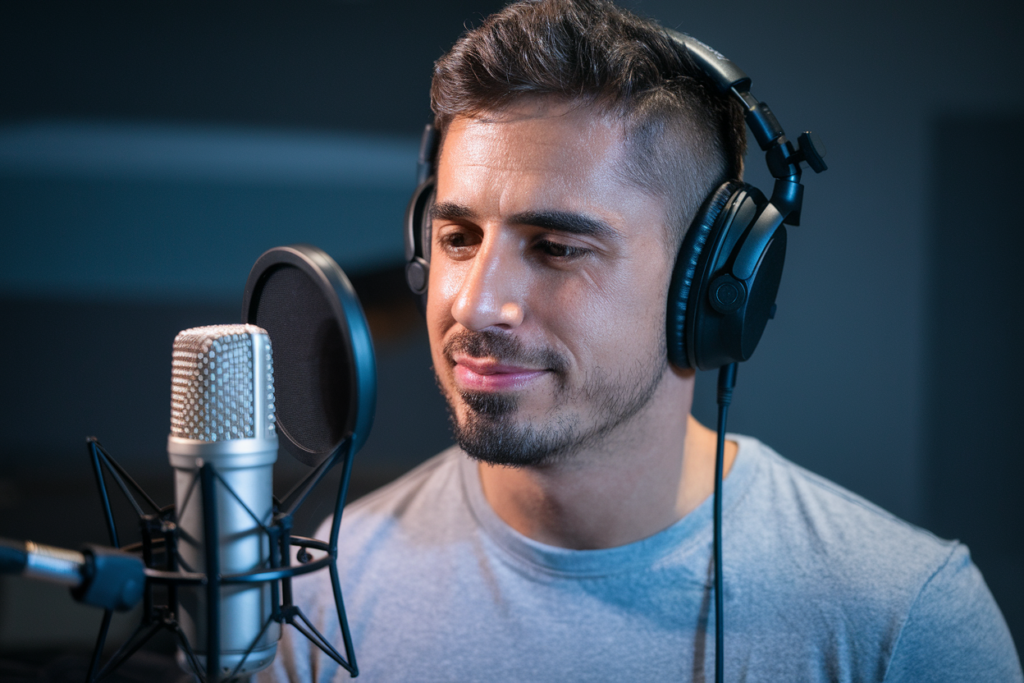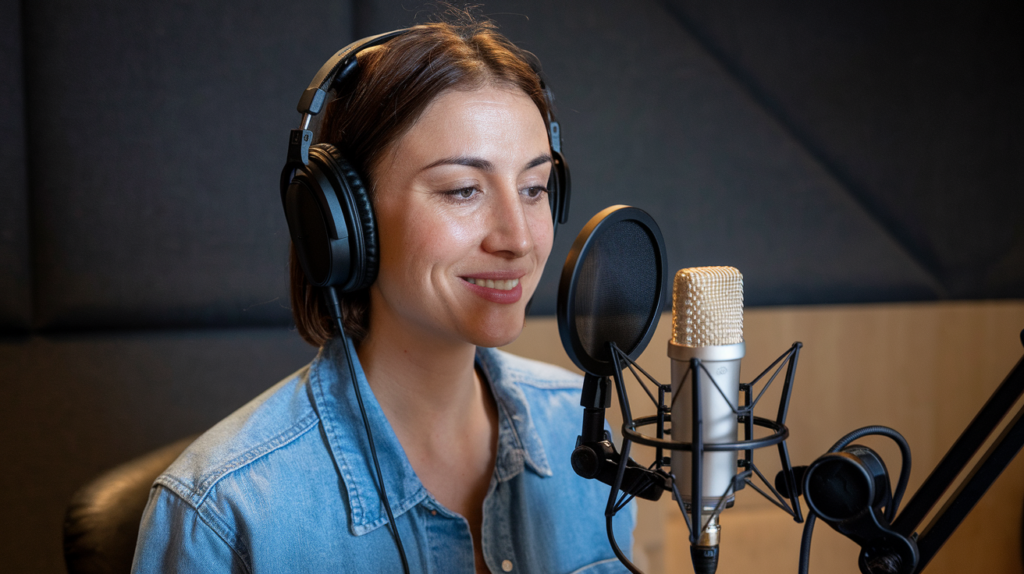Growing up in Galicia, I’ve always felt a deep connection to my roots through the Gallego language. It’s not just a means of communication; it’s a gateway to understanding our rich culture and history. But what fascinates me even more is how learning Gallego can open doors to mastering other languages.
In today’s interconnected world, being multilingual is an invaluable skill. I’ve discovered that the structure and vocabulary of Gallego often share similarities with other Romance languages like Spanish and Portuguese. This makes it easier for speakers to dive into new linguistic adventures. Join me as I explore how embracing Gallego can enhance your language-learning journey and make acquiring new tongues feel less daunting.
Overview of Gallego
Gallego, also known as Galician, is a Romance language spoken primarily in the autonomous community of Galicia in northwestern Spain. This language has roots dating back to the medieval period and shares many characteristics with Portuguese and Spanish. The similarities in vocabulary and grammar between Gallego and these languages can streamline the process of learning them.
Gallego boasts a rich literary tradition, with notable works from poets like Rosalía de Castro and writers such as Manuel Rivas. Understanding this literature offers insights into Galician culture, history, and identity. For learners interested in regional dialects or linguistic diversity within Spain, studying Gallego provides a unique perspective.
As I explore other languages, my proficiency in Gallego enhances my comprehension of related Romance languages due to shared etymology. Familiarity with Gallego vocabulary often aids in grasping new terms when diving into Spanish or Portuguese studies. This interconnectedness makes transitioning between these languages smoother.
In addition to its linguistic appeal, learning Gallego opens doors to cultural experiences specific to Galicia. Festivals celebrating local traditions, culinary delights featuring seafood and empanadas, as well as music genres like muñeira enrich one’s understanding of the region’s heritage. These elements highlight how mastering Gallego not only builds language skills but also deepens cultural appreciation.
Overall, engaging with the Gallego language fosters multilingualism while providing tools for exploring broader linguistic landscapes effortlessly.
Benefits of Learning Gallego
Learning Gallego offers numerous benefits, enhancing both cultural understanding and cognitive skills. Engaging with this language enriches the experience of exploring Galicia and its heritage.
Cultural Insights
Gallego serves as a gateway to rich cultural insights. By learning the language, I gain access to unique traditions, folklore, and literature intrinsic to Galicia. The works of authors like Rosalía de Castro provide profound reflections on identity and values within Galician society. Participating in local celebrations, such as the Festival of San Juan or traditional music events like Fiestas de la Música, becomes more meaningful when I can communicate in Gallego. Understanding regional expressions deepens my appreciation for culinary arts through dishes like pulpo a la gallega, allowing me to connect with locals on a personal level.
Cognitive Advantages
Learning Gallego also yields significant cognitive advantages. Research indicates that bilingualism promotes enhanced problem-solving abilities and improved multitasking skills. As I learn Gallego alongside other Romance languages such as Spanish or Portuguese, I activate neural pathways connected to linguistic structures and vocabulary patterns shared among these languages. This interconnectedness facilitates faster language acquisition overall while boosting memory retention capabilities. Moreover, mastering multiple languages sharpens critical thinking skills—benefits that extend beyond language learning into various aspects of life.
Gallego and Language Learning Facilitation
Gallego serves as a valuable foundation for learning other languages, particularly within the Romance language family. Its structural similarities and phonetic patterns ease the language acquisition process.
Similarities to Other Languages
Gallego shares significant similarities with Spanish and Portuguese, which simplifies learning these languages for Gallego speakers. The vocabulary overlaps considerably; many words appear in similar contexts across all three languages. For example, common terms like “casa” (house) and “familia” (family) are identical or nearly so in all three tongues. This shared lexicon accelerates vocabulary retention when transitioning between languages.
Additionally, grammatical structures show parallels among these languages. Gallego employs gendered nouns and verb conjugations that resemble those found in Spanish and Portuguese. Understanding these concepts in one language aids comprehension in another, making it easier to navigate the nuances of each.
Phonetic Patterns
Phonetic patterns in Gallego contribute significantly to its learnability alongside other Romance languages. The pronunciation of vowels is generally consistent with those found in Spanish and Portuguese, facilitating smoother communication for learners familiar with any of these languages.
For instance, the vowel sounds are pronounced similarly: “a,” “e,” “i,” “o,” and “u” maintain consistent articulatory qualities across Gallego, Spanish, and Portuguese. This consistency supports learners’ ability to produce accurate sounds when speaking or listening to related languages.
Moreover, rhythmic intonation often mirrors that of both Spanish and Portuguese dialects, further easing pronunciation challenges for learners transitioning from one language to another. Familiarity with these phonetic characteristics enhances overall fluency while reinforcing confidence through recognizable sound patterns.
Overall, mastering Gallego not only enriches my understanding of this unique linguistic heritage but also streamlines my journey into exploring additional Romance languages effectively.
Resources for Learning Gallego
Numerous resources exist to support learning Gallego, ranging from books to online courses and language exchange opportunities that enhance fluency.
Books and Online Courses
Books like “Gallego para Estranxeiros” provide structured lessons for beginners. These texts often cover grammar, vocabulary, and cultural insights essential for understanding the language. Additionally, online platforms such as Duolingo and Memrise offer interactive courses tailored to various skill levels. Websites like LingQ facilitate immersion through authentic content in Gallego, helping learners practice reading and listening skills effectively. For comprehensive learning, consider enrolling in courses through institutions like the University of Santiago de Compostela, which offer formal instruction in Gallego.
Language Exchange Opportunities
Participating in language exchange programs fosters practical experience with native speakers. Platforms like Tandem connect learners with Galician speakers interested in practicing other languages. Local community centers or cultural organizations often host events where individuals can engage in conversation practice. Attending meetups or language cafes provides an informal setting to converse with others while enhancing speaking skills. By immersing myself in real-life conversations, I gain valuable insight into colloquial expressions and regional dialects that enrich my understanding of Gallego.
Personal Experiences with Gallego
My journey with Gallego has been transformative, offering me a deep connection to both the language and the rich culture of Galicia. Speaking Gallego not only enhances my communication skills but also deepens my understanding of local customs and traditions.
I’ve found that learning Gallego significantly eases the process of acquiring other Romance languages. The structural similarities between Gallego, Spanish, and Portuguese simplify vocabulary acquisition. For example, words like “casa” (house) and “familia” (family) appear almost identical across these languages. This familiarity provides confidence when venturing into new linguistic territories.
Engaging with literature in Gallego has enriched my perspective on the region’s history and identity. Works by authors such as Rosalía de Castro resonate deeply, allowing me to appreciate the nuances of local folklore while enhancing my language skills. These literary experiences reinforce my connection to Galicia’s heritage.
Participating in community events and cultural festivals further amplifies my appreciation for Galician traditions. I immerse myself in local music, dance, and culinary delights that celebrate our unique identity. Such interactions not only foster fluency but also create memorable experiences rooted in language.
Utilizing various resources has bolstered my learning process. I often turn to structured courses like “Gallego para Estranxeiros” or interactive platforms such as Duolingo for practice. Engaging with native speakers through language exchange programs enriches this experience by providing real-world context for colloquial expressions.
Overall, embracing Gallego opens doors not just to a language but also to a vibrant culture that shapes my understanding of interconnectedness among Romance languages. Each interaction strengthens both my multilingual capabilities and cultural appreciation.
Conclusion
Learning Gallego has been a transformative journey for me. It’s not just about mastering another language; it’s about connecting with the rich culture and history of Galicia. This experience has opened up new doors for understanding related Romance languages, making the learning curve much smoother.
I’ve discovered that embracing Gallego enhances my confidence and fluency in Spanish and Portuguese as well. The similarities among these languages simplify vocabulary acquisition and grammatical concepts, making each new language feel less intimidating.
As I continue to explore this beautiful linguistic heritage, I’m excited by the cultural experiences that come with it. From local traditions to literature, every aspect enriches my life in ways I never imagined. Embracing Gallego truly fosters a deeper appreciation for language learning and cultural connection.








